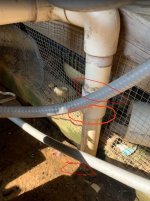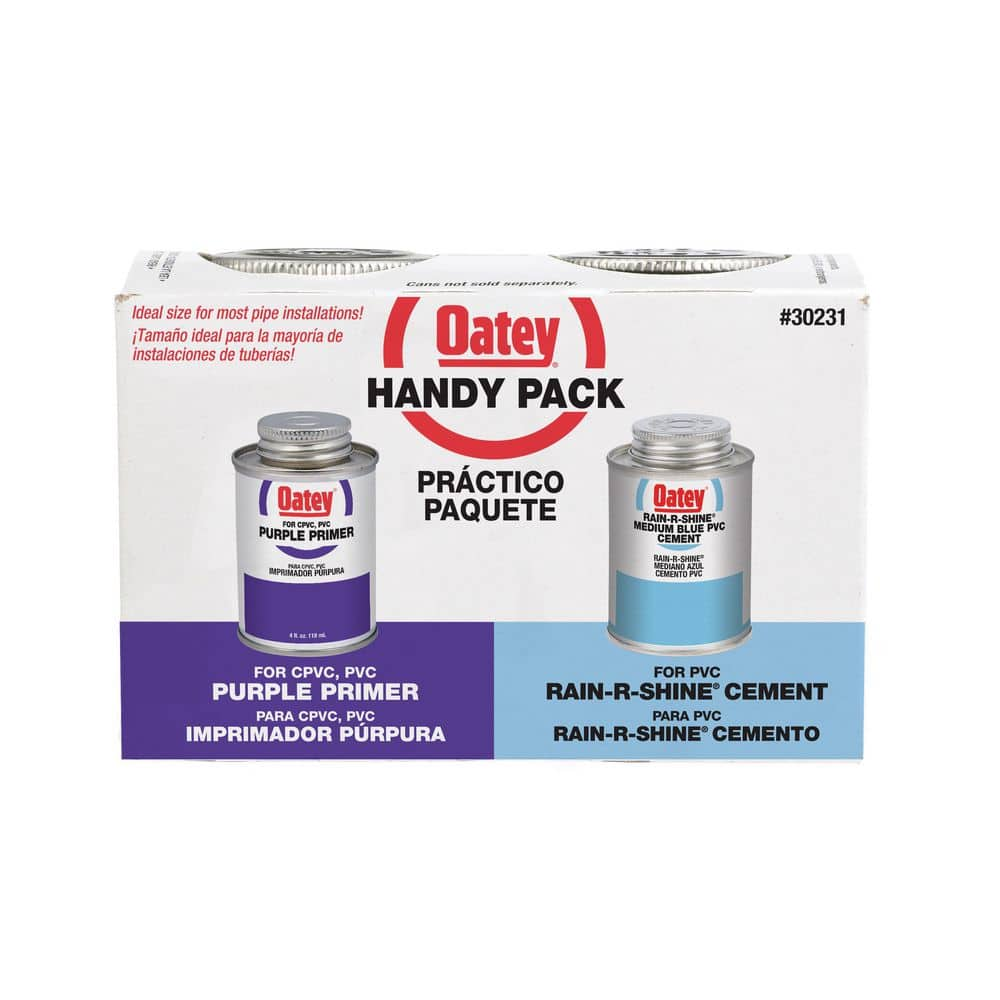Noticed water leaking through the upper side of the joint, not sure if that is the only place as the water seems to be running a bit more than it feels on that joint (upper side leak). I have never done any pvc plumbing job, more of a electronics guy, soldering and stuff. I guess the repair is to cut the fitting and replace with a new one?
Questions I have:
1. What type of tools I need for this type of job, I have mechanic tool sets mostly, have a saw too.
2. What type of PVC part should I get? Does this type of joint come with "pressure rated" and "DMV non pressure rated" variation as well?
3. What type of glue, chemicals is needed for this?
This is a 30 year old pool, not used for at least five years, recently replastered, new pumps, but the lines are mostly original. Every week, it was something new, heater leaking (had hoped it would work, 20 yr old probably), power outage 24 hours, now this... I'm over anxious what would turn bad next (that we did not know and anticipate...)
Thanks a lot in advance.
Questions I have:
1. What type of tools I need for this type of job, I have mechanic tool sets mostly, have a saw too.
2. What type of PVC part should I get? Does this type of joint come with "pressure rated" and "DMV non pressure rated" variation as well?
3. What type of glue, chemicals is needed for this?
This is a 30 year old pool, not used for at least five years, recently replastered, new pumps, but the lines are mostly original. Every week, it was something new, heater leaking (had hoped it would work, 20 yr old probably), power outage 24 hours, now this... I'm over anxious what would turn bad next (that we did not know and anticipate...)
Thanks a lot in advance.





